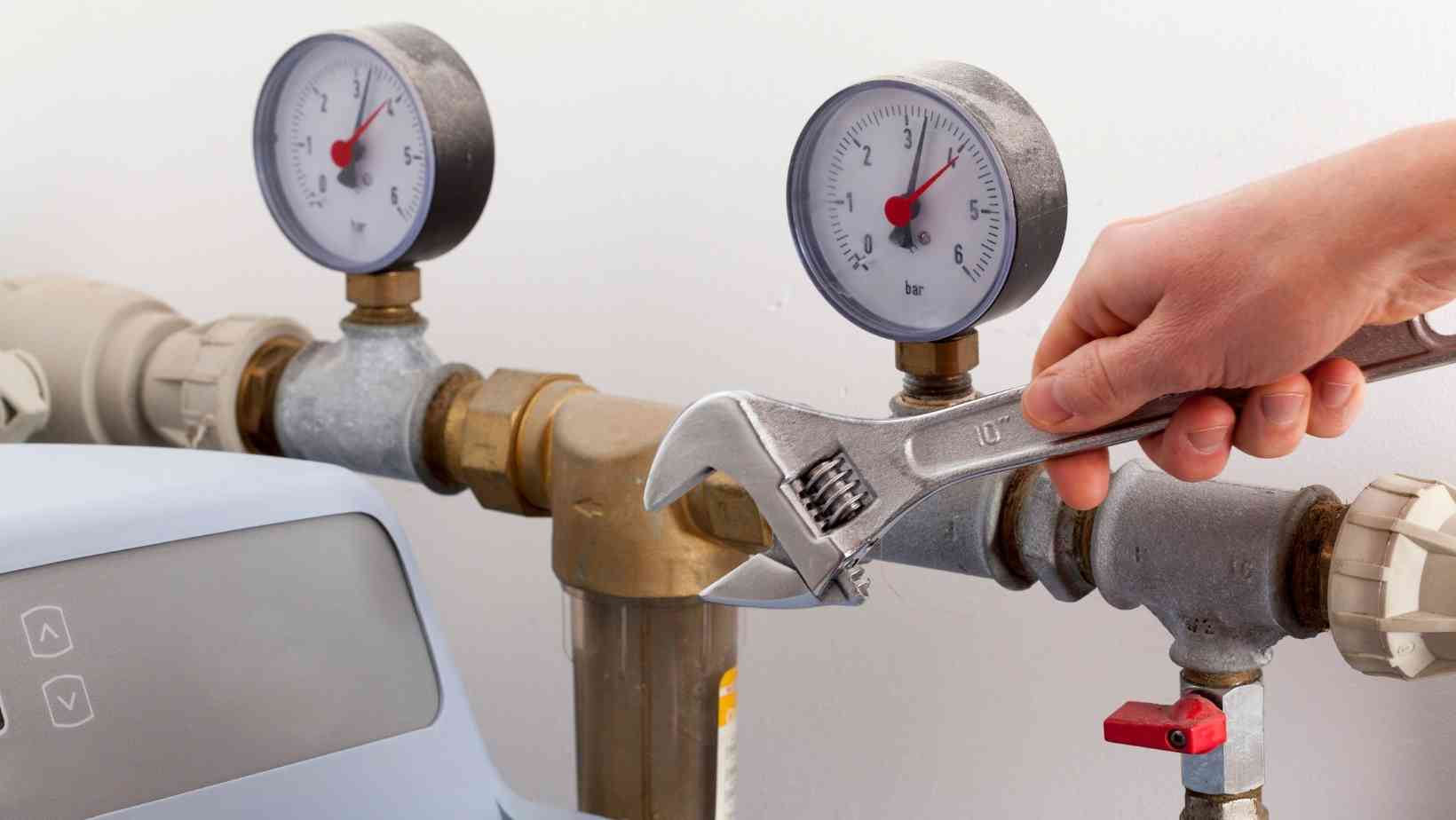If you are like most homeowners, you probably have a water softener installed in your home, but you probably don't think about your water softener until there's a problem. And when that happens, it's usually difficult to determine what's wrong and how to fix it. Water softeners are a great way to reduce the amount of hard water that enters your home, but how do you know if your water softener is working properly? In this blog post, we will walk you through a step-by-step guide on how to test your water softener and ensure that it is functioning correctly!

How Does a Water Softener Operate?
Water softeners are installed in homes to remove hard water minerals, such as calcium and magnesium, from the water. Hard water minerals can cause a number of problems in your home, including scaling on plumbing fixtures, spots on dishes and glassware, and even dry skin. Water softeners work by exchanging the hard water minerals for sodium or potassium ions.
This process is known as ion exchange. This article can help you determine if you have hard water and how to test the hardness of your water and provide you with an in-detail description of the main water softeners characteristics. You should also know that there are two types of water softeners: time-initiated regeneration and demand-initiated regeneration.
Test the Water Hardness
If your water softener is not working properly, you may also notice that your clothes are not as clean as they used to be, or that there is a film on your dishes after they have been washed. This film is caused by hard water and is a tell-tale sign that your water softener is not functioning properly.
One way to check this is to test the water hardness. The higher the number of grains per gallon, the harder the water. If you have a water softener, you should notice a significant decrease in the hardness of your water. To test the hardness of your water, you can purchase a water hardness test kit at your local hardware store. These tests are simple and only take a few minutes to complete.
Check the Build-Up Salt on the Resin Beads
Another way to tell if your water softener is working properly is to check for salt build-up around the unit. Over time, salt can build up on the resin beads in the water softener and cause the unit to become less effective. If you notice a significant amount of salt build-up, it's important to clean the unit according to the manufacturer's instructions. If you leave build-up salt on the resin beads, it will eventually harden and damage the unit.
Soap Test
Also, you can perform the soap test. In a jar, mix together one tablespoon of soap and one cup of water. Add this mixture to a gallon of hard water and shake well. If the water becomes cloudy, it's an indication that your water softener is not working properly. In this situation, you will need to clean the unit and regenerate the resin beads.
If you're still not sure if your water softener is working properly, there are a few other things you can do. First, check the settings on your unit and make sure they are correct for your home. Sittings that are too high or low can cause problems with the unit. You should also check the brine tank to see if there is enough salt. If the tank is empty, it's likely that your water softener is not regenerating properly.
Next, check for any leaks in the system. Leaks can cause the unit to operate inefficiently and may even damage the unit. I noticed on time, this problem can be easily fixed and your water softener will be working properly in no time! Lastly, you can contact a professional to service your unit and perform a more thorough inspection. This way you will ensure that your water softener is working properly and that any potential problems are caught early.
